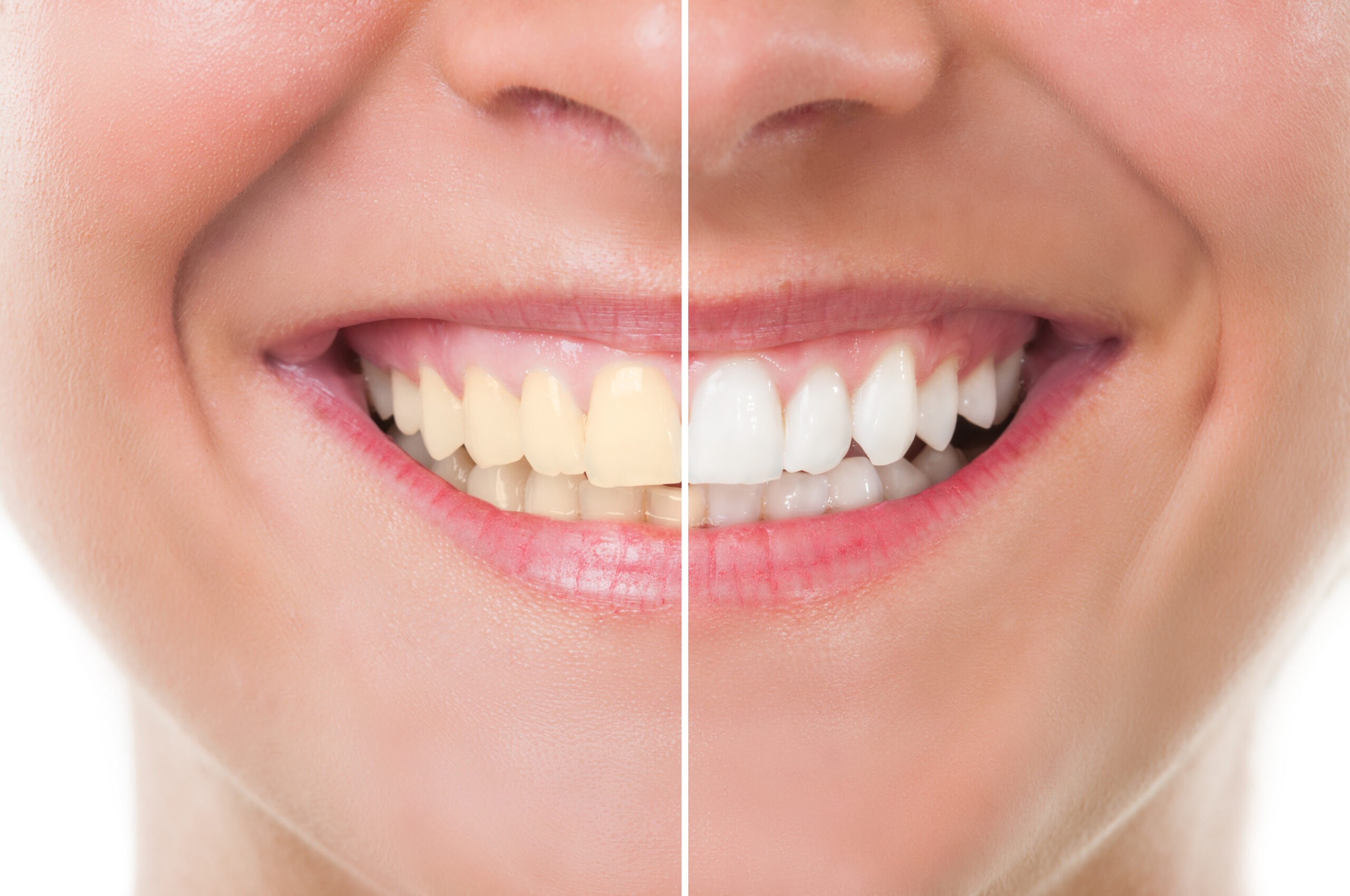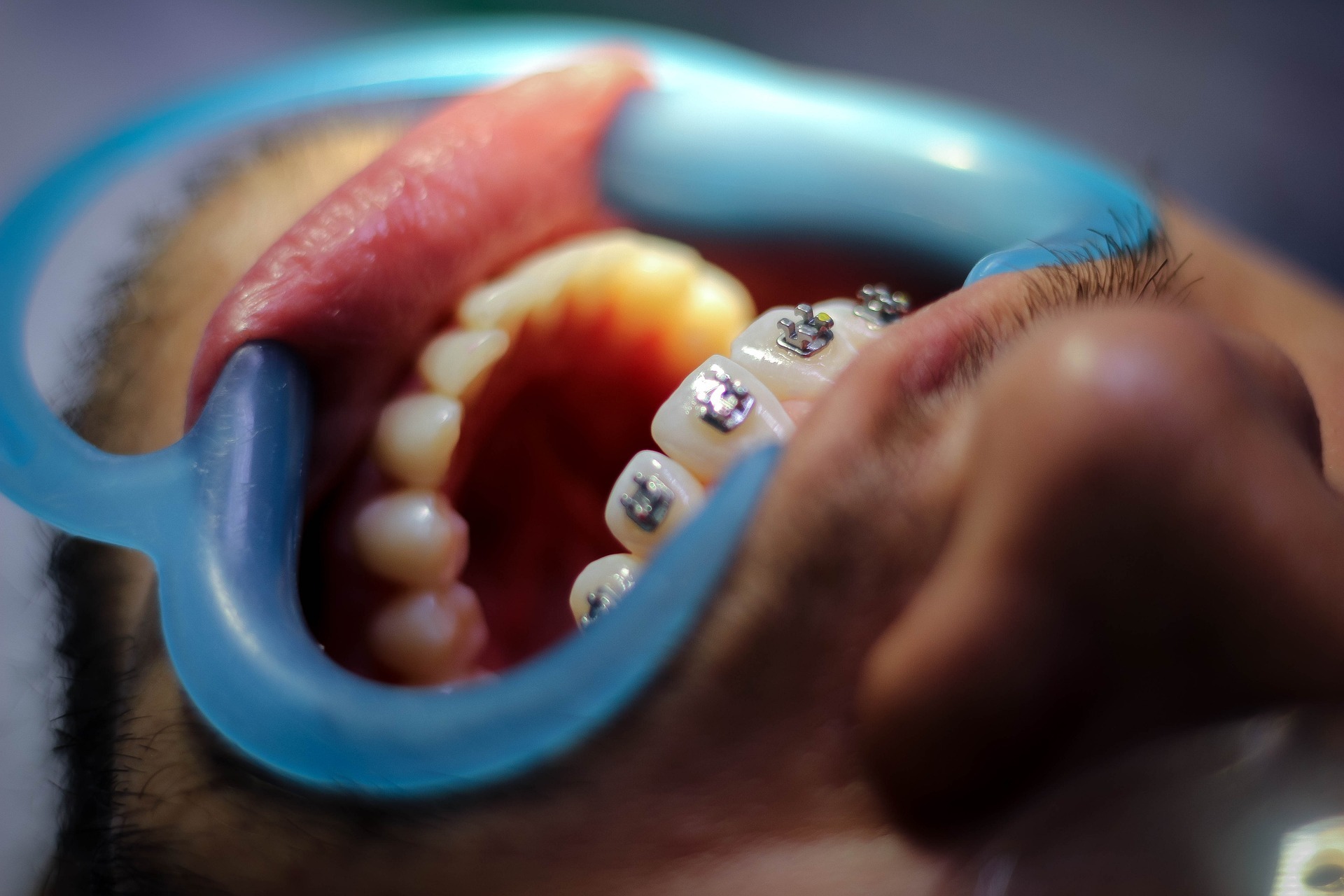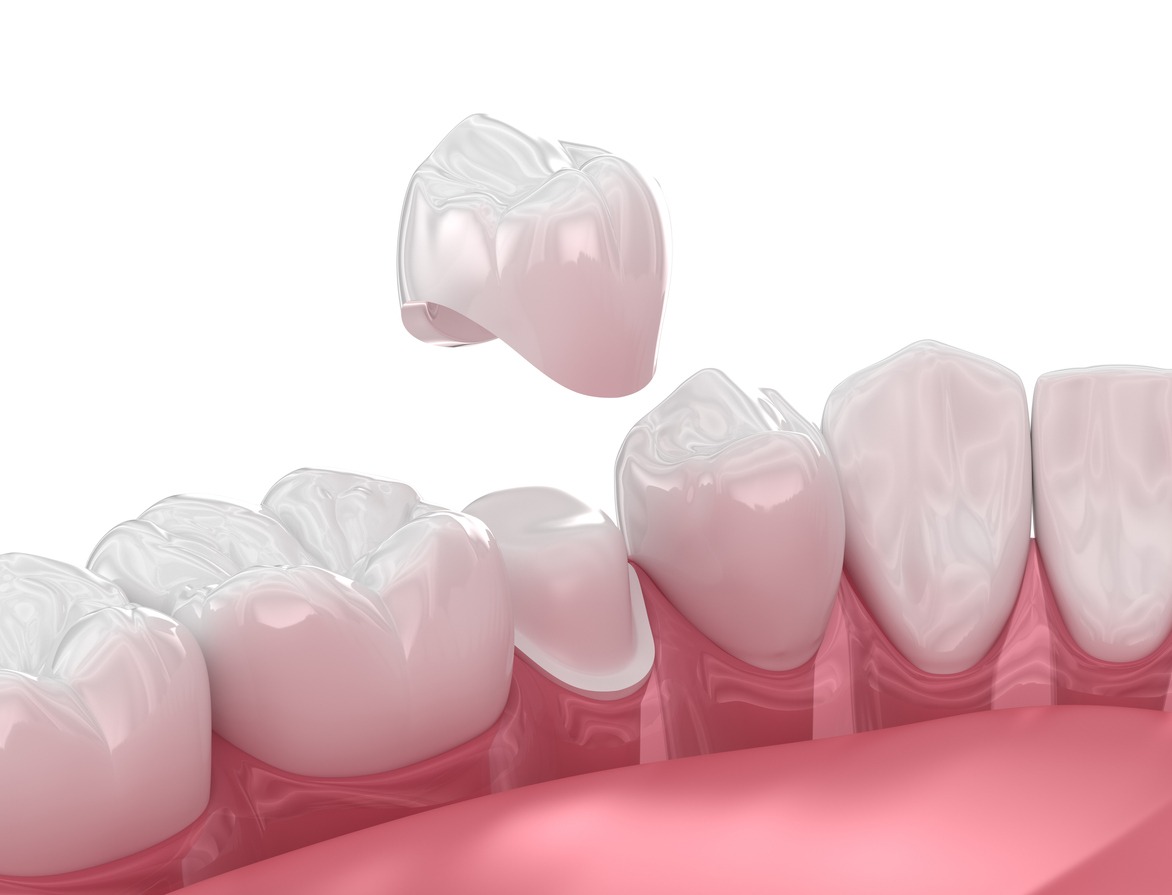Cosmetic dentistry is an amalgamation of art and dental science aimed at enhancing the appearance of teeth and gums. Focus is placed on aesthetics, with procedures tailored to improve color, position, shape, size, alignment, and overall smile appearance. From subtle changes to major repairs, cosmetic dentists perform a variety of procedures to address aesthetic dental issues.
The array of cosmetic procedures can be broadly categorized, with teeth whitening being one of the most commonly sought after treatments for discoloured or stained teeth. Other prevalent procedures include the application of dental veneers and bonding, which conceal imperfections and create a more uniform look. Orthodontic treatments alongside restorative solutions like dental implants also fall within the umbrella of cosmetic dentistry, emphasizing functional corrections that contribute to an enhanced appearance.
Key Takeaways
- Cosmetic dentistry combines aesthetic enhancements with dental treatment.
- Popular procedures include teeth whitening, dental veneers, and bonding.
- The right cosmetic dentist is essential for satisfactory and lasting results.
Exploring Cosmetic Dentistry
Cosmetic dentistry combines art and science to improve oral aesthetics while often enhancing functionality and oral health. It can boost self-confidence by addressing various dental imperfections.
Understanding Cosmetic Dental Procedures
Cosmetic dental procedures involve a variety of techniques designed to improve the appearance of one’s teeth. They range from simple, non-invasive treatments to complex surgeries.
- Teeth Whitening: Professionally administered to lighten the color of teeth, effectively mitigating stains from coffee, tea, and other substances.
- Dental Veneers: Custom-made shells, typically composed of porcelain, designed to cover the front surface of teeth to improve shape, color, and overall appearance.
- Tooth Bonding: A process where a dentist applies a tooth-colored resin material to repair chips, cracks, or to change the shape of a tooth.
- Enamel Shaping: Involves the careful removal or contouring of tooth enamel to achieve a more pleasing tooth shape.
- Orthodontic Treatments: Includes braces and clear aligners that correct misalignments, enhancing both the function and the appearance of the teeth and jaw structure.
Through these procedures, patients can address dental concerns that impact both the function of their oral structures and the aesthetics of their smile.
Teeth Whitening Options
Teeth whitening is a popular option for those looking to remove discoloration and stains from their teeth for a brighter smile. Various methods are available, ranging from professional in-office procedures to at-home bleaching kits.
Professional Teeth Whitening
Professional teeth whitening, conducted by a dental professional, typically offers immediate and noticeable results. This in-office whitening process uses high-concentration bleaching agents for an effective treatment of both extrinsic and intrinsic stains. While professional whitening can be more expensive than other options, some advantages include:
- Speed and Efficiency: Results are usually seen in a single session.
- Customization: Treatments are tailored to the individual’s needs.
- Safety: Performed by trained professionals, minimizing the risk of gum irritation or tooth sensitivity.
At-Home Bleaching Products
For those seeking a more gradual approach or looking for cost-effective alternatives, over-the-counter products are widely accessible:
- Whitening toothpaste and rinses: Designed for daily use to maintain dental hygiene and provide minor whitening effects.
- Whitening strips and gels: Applied to the teeth’s surface, these contain lower concentrations of bleaching agents compared to in-office treatments.
| Product Type | Application Method | Bleaching Agent Concentration |
|---|---|---|
| Toothpaste | Brushing | Low |
| Rinses | Swishing | Low |
| Strips | Adhesion to Teeth | Moderate |
| Gels | Trays or Direct Application | Moderate |
At-home products are convenient but may take longer to achieve the desired results compared to professional treatments. It is important to follow the manufacturer’s instructions carefully to avoid overuse that could lead to dental sensitivity or damage.
Dental Veneers and Bonding
Dental veneers and bonding are cosmetic procedures used to rectify imperfections such as chips, cracks, and discoloration in teeth. They enhance smiles by addressing these common concerns with custom solutions.
Porcelain Veneers
Porcelain veneers are thin shells of porcelain meticulously crafted to cover the front surface of teeth. They are known for their durability and the ability to reflect light, similar to natural tooth enamel. Here are some specifics:
- Procedure: A dentist prepares the tooth by removing a small amount of enamel to accommodate the veneer. A mold of the tooth is then taken and sent to a dental lab to create the veneer, which is bonded to the tooth in a follow-up visit.
- Advantages:
- Aesthetics: Porcelain veneers provide a natural tooth appearance.
- Stain Resistance: They are highly resistant to stains from coffee, tea, and smoking.
- Durability: With proper care, they can last 10 to 15 years.
Composite Bonding
Composite bonding involves the application of a tooth-colored composite resin to fix chips, cracks, or discoloration. It is a non-invasive procedure that conserves tooth structure. Details include:
- Procedure: The tooth surface is roughened, and a conditioning liquid is applied. Then, the composite resin is put on the tooth, molded, and smoothed to the desired shape before being hardened with a curing light.
- Advantages:
- Cost-Effectiveness: This is a less expensive option compared to porcelain veneers.
- Time-Saving: The entire process can often be completed in a single visit.
- Versatility: Bonding can be a solution for an array of dental imperfections.
Orthodontic Treatments
Orthodontic treatments are designed to correct issues such as misaligned teeth, crooked teeth, and spaces between the teeth. These procedures can significantly improve oral function and aesthetic appeal.
Braces
Braces are one of the most traditional forms of orthodontic treatment. They consist of metal brackets attached to the teeth, connected by wires and tiny rubber bands. Over time, braces apply continuous pressure to teeth, gradually moving them into proper alignment. They are highly effective for treating complex dental misalignments. Although metal braces are the most common, there are also options like ceramic braces, which are less visible.
- Key uses:
- Correcting crooked teeth
- Closing gaps between the teeth
- Aligning the teeth and jaw properly
Clear Aligners
Clear Aligners, such as Invisalign, represent a more modern approach to orthodontic treatment. These are custom-made, transparent plastic trays that fit snugly over the teeth. Clear aligners are virtually invisible and can be removed for eating and brushing. They are changed every few weeks to continue moving the teeth into the desired position.
- Advantages:
- Aesthetic: Hardly visible when worn
- Convenience: Easily removed for cleaning and eating
- Comfort: Generally considered more comfortable than traditional braces
- Typical candidacy:
- Adults and teens with mild to moderate dental misalignments
- Individuals looking for a less noticeable orthodontic treatment option
Restorative Solutions
Restorative dentistry offers a range of treatments aimed at improving oral health and restoring dental functionality. From damaged tooth repair to replacing missing teeth, the solutions ensure a blend of aesthetics and functionality.
Dental Crowns and Bridges
Dental crowns serve as protective covers for damaged or decayed teeth, enhancing strength and appearance. They can be made from various materials, such as porcelain or ceramic, and are designed to match the color of the surrounding teeth for a natural look. Bridges fill the gap created by one or more missing teeth. A typical bridge consists of two or more crowns for the teeth on either side of the gap and a false tooth/teeth in between.
- Functionality: Both crowns and bridges restore chewing and biting abilities.
- Tooth Sensitivity: Crowns can alleviate sensitivity by encasing the damaged tooth.
Dentures and Implants
Dentures are removable replacements for missing teeth and surrounding tissues. There are two types: complete dentures for patients who have lost all their teeth and partial dentures for patients with some natural teeth remaining.
Dental implants are a more permanent solution involving a titanium post (the abutment) surgically implanted into the jawbone, acting as a root for a crown. Implants provide stability and prevent bone loss, maintaining facial structure.
- Missing Teeth Replacement: Both dentures and implants offer solutions for missing teeth, with implants providing a fixed alternative.
- Tooth Sensitivity: Dental implants do not generally cause tooth sensitivity, as they replace the entire tooth structure, including the root.
Additional Cosmetic Enhancements
Beyond the commonly known cosmetic dental treatments like whitening and veneers, there are specific procedures aimed at enhancing the overall aesthetics of one’s smile. These include modifications not just to the teeth, but to the foundational structures such as gum tissue, and the repair of tooth enamel through restorative techniques.
Gum Contouring
Gum contouring, also known as gingival sculpting, is a procedure designed to reshape the gum line. Those with excess gum tissue that results in a “gummy” smile may opt for this treatment, which carefully removes the excess tissue to expose more of the teeth, thereby creating a more balanced and appealing smile.
- Procedure: The dentist uses a laser or scalpel to trim away overhanging gum tissue and sculpt a more even gum line.
- Healing: Patients typically experience minimal discomfort and a quick healing process.
Inlays and Onlays
Inlays and onlays are a form of dental restoration often referred to as indirect fillings. These procedures offer a conservative approach to repairing teeth with minor to moderate decay or damage when the tooth structure is not sufficient to support a traditional filling.
- Materials Used:
- Inlays and onlays are made from durable materials like porcelain, composite resin, or gold.
- Application Process:
- The injured or decayed area within a tooth is first treated.
- Then, an inlay or onlay, customized to fit the tooth’s precise shape, is created.
- Once prepared, it is securely bonded to the tooth, offering a restoration that blends seamlessly with the natural enamel and enhances tooth strength.
Choosing the Right Cosmetic Dentist
When selecting a cosmetic dentist for enhancing one’s smile, several factors should be taken into account to ensure a qualified dentist is chosen for the specific procedure.
Firstly, accreditation and education are pivotal. Patients should look for professionals with a robust educational background and those who have undertaken specialized training in cosmetic dentistry. One should verify that the dentist is licensed and a member of reputable dental organizations.
Secondly, experience in restorative dentistry and aesthetic procedures is crucial. Explore the dentist’s portfolio of past work, seeking out before-and-after photos that display expertise in procedures similar to the one you’re considering.
Here is an outline to guide your search:
- Credentials: Check for a degree in dentistry and specialized training.
- Memberships: Look for affiliations with recognized dental associations.
- Experience: Ask about the dentist’s experience with smiling enhancement procedures.
- Portfolio: Request to see case studies or before-and-after galleries.
Consultations are a fundamental step. The dentist should provide a clear understanding of the options available and suggest procedures tailored to individual needs. They should communicate potential outcomes confidently and clearly, ensuring patients have realistic expectations.
Lastly, patient reviews provide insight into the satisfaction of previous clients. Pay attention to comments about the dentist’s approachability, skill, and the results achieved. Patients are encouraged to choose a cosmetic dentist who instills confidence and displays a transparent track record of transforming smiles effectively.
Maintaining Cosmetic Dental Work
After undergoing cosmetic dental procedures, a routine maintenance program is vital to prolong the life of the work done and ensure continued oral health. Patients who invest in improving their smile must also commit to specific care practices to maintain the aesthetics and functionality of their dental enhancements.
Daily Oral Hygiene:
- Brushing: Patients should brush at least twice a day using a non-abrasive toothpaste to avoid scratching veneers or damaging bonding material.
- Flossing: Daily flossing is critical to remove debris between teeth and prevent plaque build-up, which can compromise cosmetic restorations.
- Scheduling regular visits to a dental professional allows for the monitoring of the cosmetic work and early detection of any potential issues.
Avoidance of Harmful Habits:
- Certain habits such as chewing on hard objects, biting nails, or using teeth to open packaging can damage cosmetic dental work.
- Some patients may experience sensitivity after procedures like teeth whitening. Using desensitizing products or toothpaste can alleviate this condition.
Diet Considerations:
- Consuming staining foods and beverages should be done cautiously, and teeth should be rinsed afterwards to prevent discoloration of the dental work.
Longevity of Restorations:
- Different procedures have varying life spans and may eventually require touch-ups or replacements:
- Bonding: Typically lasts 3-10 years.
- Veneers: Can last 10-15 years with proper care.
- Implants: Can last a lifetime with diligent maintenance.
By adhering to these guidelines, patients can enjoy a lasting, beautiful smile and ensure their investment in cosmetic dentistry provides sustainable benefits.
Frequently Asked Questions
This section addresses some of the most common inquiries regarding cosmetic dental procedures, providing clear and concise answers to help prospective patients make informed decisions.
What are the most popular cosmetic dental procedures?
The most sought-after cosmetic dental procedures include teeth whitening, dental veneers, and dental implants. These treatments aim to improve the appearance of teeth, enhancing the overall smile.
How do different types of cosmetic dentistry compare?
Different types of cosmetic dentistry serve various purposes: teeth whitening is for removing discoloration; veneers cover imperfections; and implants replace missing teeth. Each method has its own procedure, cost implications, and longevity.
What should one expect to pay for cosmetic dental surgery?
The costs of cosmetic dental surgery can vary widely depending on the procedure. Teeth whitening might cost a few hundred dollars, whereas more complex treatments like implants can reach several thousand dollars. Insurance coverage for cosmetic dentistry is often limited.
What options are available for cosmetic teeth covers and veneers?
Cosmetic teeth covers include options like snap-on smiles, which are removable, and dental veneers, which are permanent solutions that attach to the surface of teeth. Veneers can be made from porcelain or composite resin materials.
Can you describe the typical procedures involved in aesthetic dental treatments?
Typical procedures in aesthetic dental treatments can range from non-invasive options like whitening, which involves applying a bleaching agent, to more invasive procedures such as implant surgery, where a titanium post is anchored into the jawbone.
What qualifications are required to be considered a cosmetic dentist?
A cosmetic dentist typically holds a Doctor of Dental Surgery (DDS) or Doctor of Dental Medicine (DMD) degree and has undergone further training in cosmetic procedures. Many also choose to become members of associations such as the American Academy of Cosmetic Dentistry to stay current with practices and technologies.
Final Thoughts
The realm of modern cosmetic dental procedures offers a transformative journey for anyone looking to enhance their smile. From the basic teeth whitening to the more complex dental implants, each procedure is tailored to meet individual needs, ensuring that every patient can achieve their desired results. The advancements in dental technology not only make these treatments more accessible and effective but also significantly reduce recovery time, making the process of smile enhancement smoother and more comfortable. Embracing these procedures can lead to a boost in self-confidence and a positive impact on overall quality of life. It’s important for individuals to consult with experienced dental professionals to understand the best options for their specific needs and to ensure that they receive safe, high-quality care.
As the field continues to evolve, it brings new possibilities and hope to those seeking to improve their dental aesthetics. Whether it’s correcting a simple imperfection or undergoing a complete smile makeover, the benefits of cosmetic dental procedures extend beyond just aesthetics, contributing to better oral health and wellbeing. By staying informed about the latest trends and technologies in cosmetic dentistry, individuals can make educated decisions about their dental care and embark on a journey to a brighter, more confident smile.




